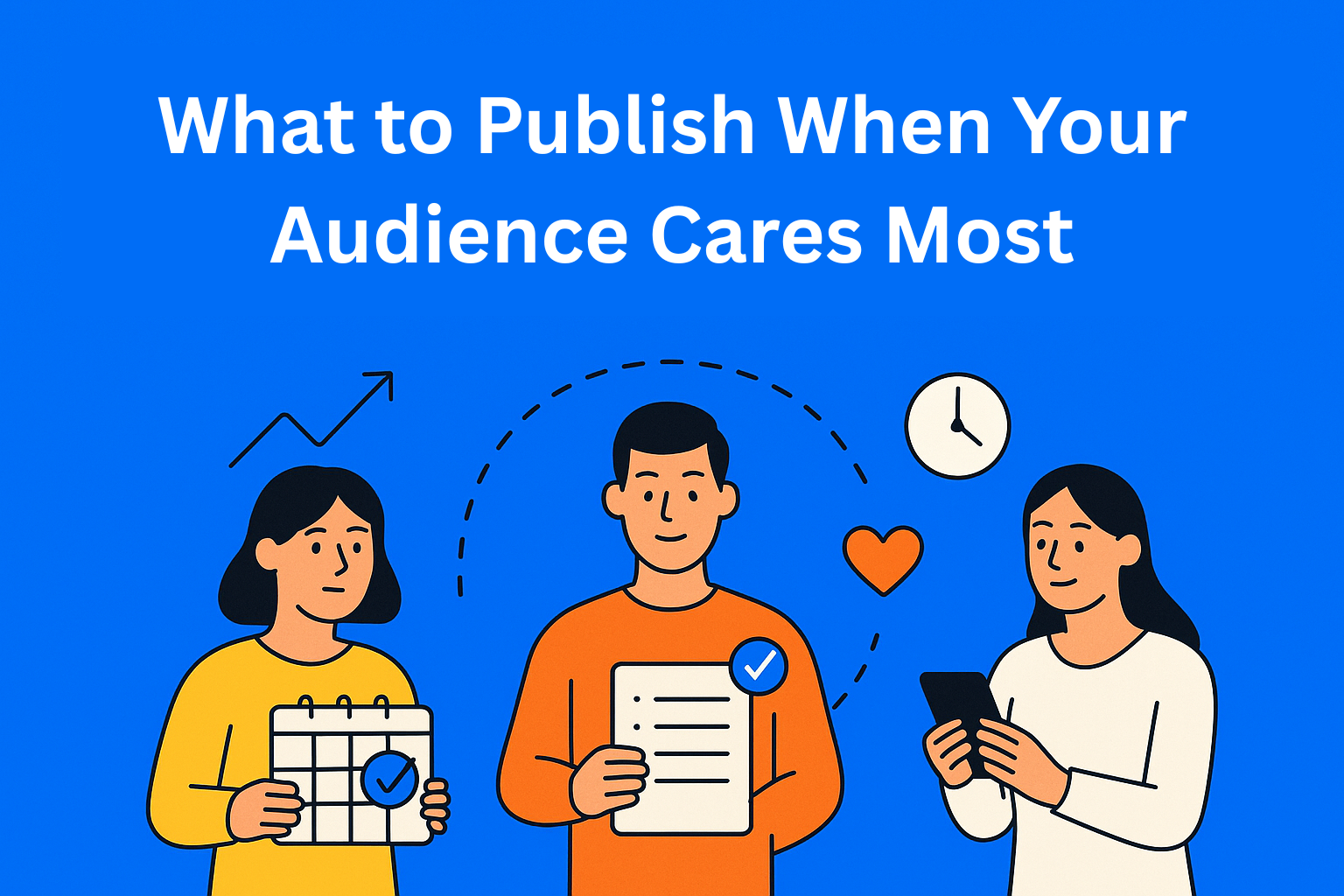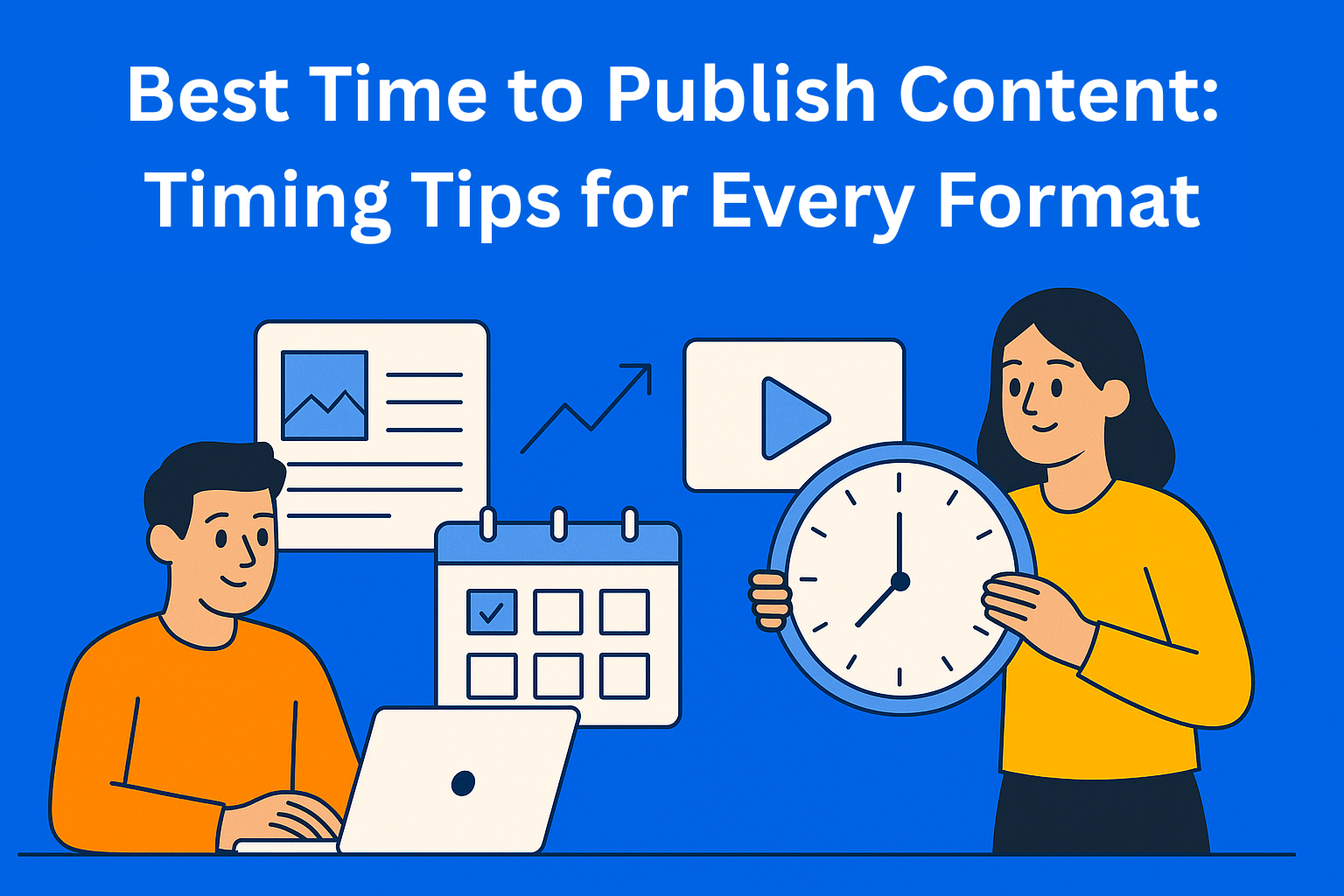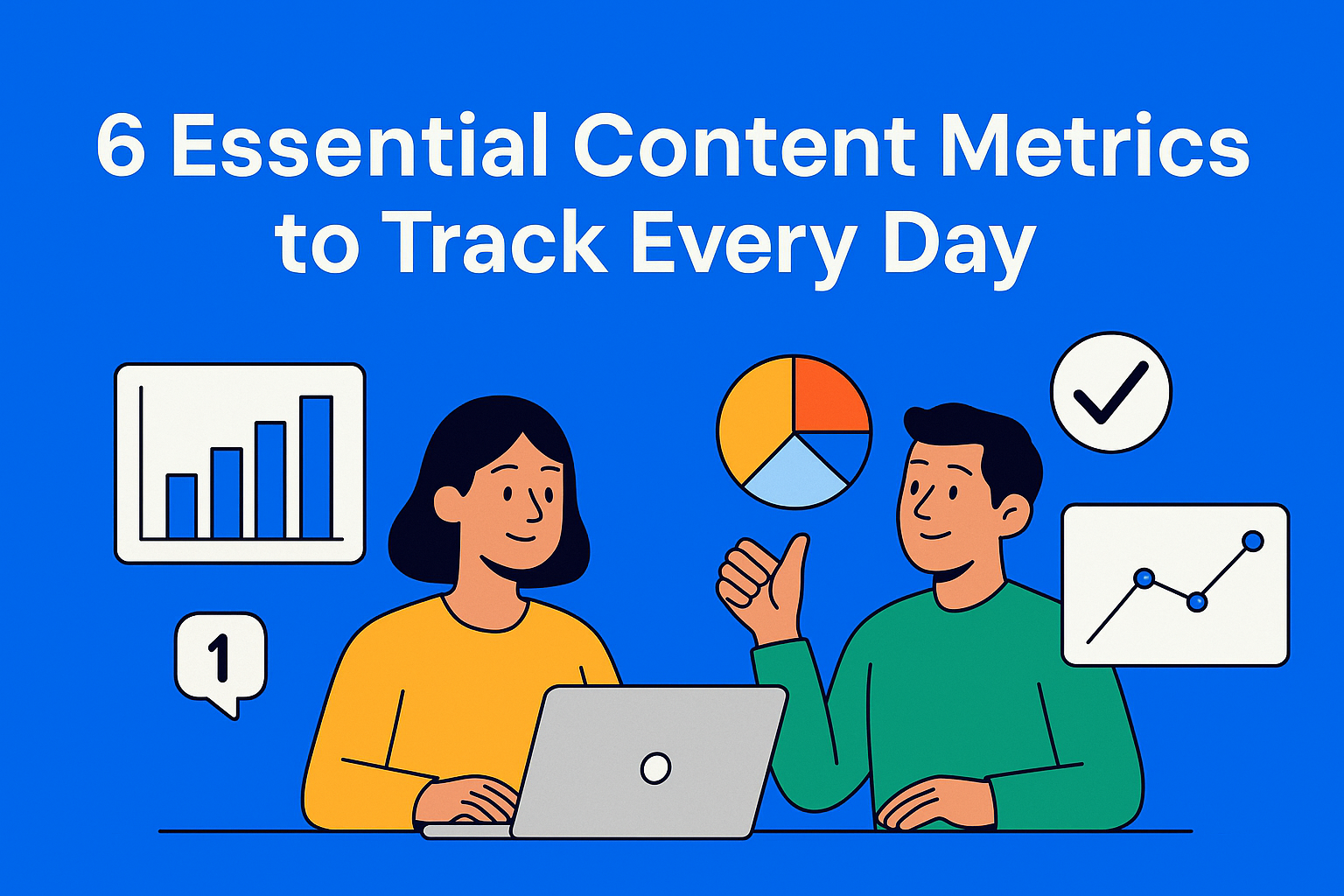Content Marketing in 2025: What Worked, What Didn’t, What’s Next
A simple look at what shaped content marketing in 2025, from AI-powered workflows to the renewed need for human editing, real value, and clear brand voice. Find out what worked, what didn’t, and how teams can prepare for the next wave of content trends.

Content marketing went through major changes in 2025. Even though it may seem like everything became faster, more chaotic, and more dependent on technology, the real story is a bit different. Despite artificial intelligence becoming part of almost every workflow, the core of success stayed the same, quality content, a clear strategy, and a human touch. In this blog, we break down what truly happened this year, what worked well, and what didn’t. We also look at what we can expect in the coming period and how teams can prepare.
Key Takeaways
- AI became a core part of content workflows - but teams quickly learned that raw AI drafts aren’t enough without human editing, perspective, and brand voice.
- Quality outperformed speed - long-form, evergreen, helpful content delivered far better results than rapid-fire publishing or shallow SEO posts.
- Publishing AI drafts “as is” didn’t work - generic, repetitive content hurt engagement and visibility, especially within AI-SEO systems.
- Smarter repurposing became a competitive advantage - teams that reused and reshaped strong content maintained consistency without burnout.
- 2026 will reward originality and narrative - brands need clearer tone, better cross-team collaboration, and content that feels human to stand out.
Major Changes That Shaped 2025
AI as Part of Daily Work
Throughout the year, AI became an essential part of almost every content team. It was used for researching topics, creating first drafts, analyzing SEO data, and planning content. This sped up the work, especially when it comes to "content marketing" processes, but it also introduced a new challenge, many teams began relying too heavily on generic AI drafts.
Although AI is a great tool, it cannot always convey emotion, perspective, or an original idea. That’s why brands started emphasizing the importance of human editing and a clear brand voice. They realized that AI can speed up the workflow, but it cannot replace creativity.
A Return to Human Editing
For that reason, editors, copywriters, and strategists became key players in 2025. They ensured that the message was accurate and adapted to the audience. This need for a human approach is especially visible in areas like "AI-SEO," where authenticity became a major ranking factor.
Brands understood that audiences quickly recognize when content is generic. So they began investing more energy into simpler writing styles, clear ideas, and content that feels natural and human.
What Worked in 2025
Structured Workflows
Teams that used simple, clear workflows, from ideation, through AI drafting, to final editing, worked faster and delivered better content. This kind of organization reduced chaos and made quality control much easier, especially for teams managing larger amounts of long-form content.
This year, such workflows proved to be the best way to maintain consistency. When everyone knows what their part is and when to deliver it, the chances of creating weak or off-brand content drop significantly.
Long-Form, High-Quality Content
While some brands chased trends and tried to be everywhere at once, others focused on content that lasts, in-depth guides, research articles, case studies, helpful blogs, and educational pieces. This approach delivered better results because audiences want content that truly solves their problems.
That’s why evergreen content once again became the star of many "content marketing" strategies. Articles with a long shelf life consistently provide value and help audiences looking for clear and useful information.
Smarter Content Repurposing
Another trend that stood out in 2025 was smarter repurposing. Instead of constantly creating something new, teams learned how to reuse and reshape existing content. For example, a long article could be turned into a newsletter, a short video, a carousel for social media, or a series of posts.
This approach improved efficiency, reduced workload, and kept quality high. With the help of AI tools, repurposing became even simpler, allowing brands to maintain a stable publishing rhythm.
What Didn’t Work in 2025
Publishing AI Drafts as Final Content
This was one of the biggest mistakes of the year. Teams that assumed an AI-generated text was ready to publish did not see good results. Such content was often generic, unclear, or too similar to what other brands were posting.
When this kind of content is used within an "AI-SEO" strategy, outcomes can be even worse, search engines easily detect a lack of originality, which harms visibility.
Shallow SEO Content
SEO has long been an important part of digital marketing, but 2025 proved that simply inserting keywords is no longer enough. Tools can generate countless texts, but people want simple, clear, and genuinely helpful content.
Brands that kept publishing short and shallow content quickly lost their audience’s attention. People want answers, not empty text that doesn’t help them.
Constantly Chasing New Platforms
Another trend that proved ineffective was blindly jumping onto every new platform. When a new tool, app, or social network appears, the biggest mistake you can make is trying to be everywhere at once.
This approach caused burnout, lack of focus, and poor organization. Brands quickly realized they don’t need to be everywhere, they just need to be where their audience actually is.
What to Expect in 2026 (Assuming the Trends Continue)
AI-SEO and New Algorithms
AI isn’t going anywhere, it’s evolving. Search engines now recognize originality, authorship, tone of voice, and human perspective more accurately than ever. This means "content marketing" will have to balance AI-driven productivity with human authenticity.
In 2026, brands will need to develop unique writing styles, clearer tone-of-voice guidelines, and deeper stories that resonate with their audiences.
Narrative-Driven Content
Stories are becoming the center of content. People remember information better when it’s connected to emotion or experience. In 2026, content will increasingly resemble mini-documentaries, interviews, personal stories, and narratives with a clear beginning, middle, and end.
Deeper Cross-Team Collaboration
Marketing is no longer an isolated department. Teams from sales, support, product development, and design increasingly participate in content creation. This leads to more accurate, useful, and clear information.
This trend will only grow stronger in 2026, as brands build "content hubs" where everyone can contribute.
A Shift Back to Quality Over Quantity
It’s expected that brands will slow down their publishing pace. The new focus isn’t on how often you publish, but on how useful, clear, and meaningful each piece is. Audiences are tired of shallow content; they want real value.
How Teams Can Prepare for 2026
- Use AI as a tool, not the main creator.
- Document every step of your content process, from research to editing.
- Create clear brand voice guidelines.
- Focus on topics that genuinely matter to your audience.
- Encourage collaboration across teams.
- Invest in better design and content presentation.
Conclusion
2025 was a year of balancing. AI brought speed and efficiency, but also showed that automation cannot replace human thinking and creativity. The best results came from teams that combined both worlds effectively.
In 2026, the focus will be on originality, depth, a clear strategy, and a strong brand voice, and those who understand this will stay ahead, no matter how much technology evolves.






